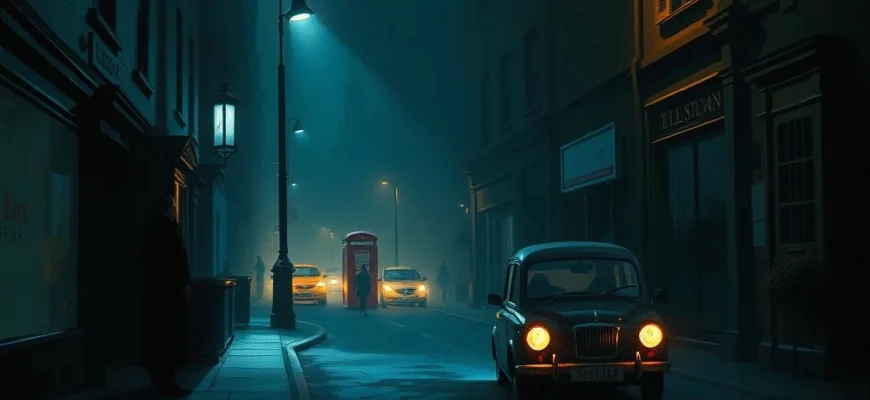If you were captivated by the chilling true-crime drama '10 Rillington Place' (1971), you'll love these 10 similarly gripping movies and shows. This article explores films and series that share its dark atmosphere, psychological tension, and historical crime elements, perfect for fans of suspenseful storytelling.

The Stranger (1946)
Description: A tense thriller about a war criminal hiding in plain sight in a small town, exploring themes of guilt, deception, and the hunt for justice.
Fact: Orson Welles starred in and directed this film, which was one of the first Hollywood movies to use documentary footage of Nazi concentration camps.
 Watch Now
Watch Now 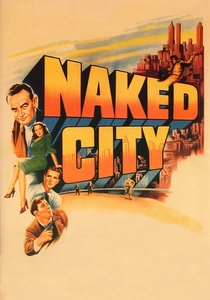
The Naked City (1948)
Description: A pioneering police procedural that follows a murder investigation with a realistic, almost documentary-like approach, emphasizing the meticulous work of detectives.
Fact: The film was shot entirely on location in New York City, giving it an unprecedented level of authenticity for its time.
 Watch Now
Watch Now 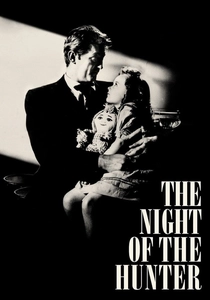
The Night of the Hunter (1955)
Description: A haunting tale of a sinister preacher who uses charm and manipulation to commit heinous acts, blending gothic horror with a critique of religious hypocrisy.
Fact: This was actor Charles Laughton's only directorial effort, and its unique visual style has since been highly influential.
 Watch Now
Watch Now 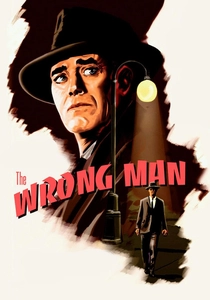
The Wrong Man (1956)
Description: A harrowing true story of an innocent man accused of a crime he didn't commit, focusing on the psychological toll and the flaws in the justice system.
Fact: This was Alfred Hitchcock's only film based entirely on a true story, and he insisted on shooting it in a stark, realistic style to emphasize its documentary quality.
 Watch Now
Watch Now 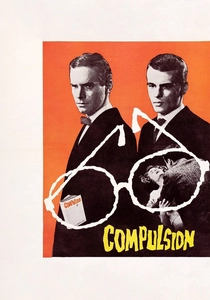
Compulsion (1959)
Description: A gripping courtroom drama that examines the minds of two thrill killers, blending psychological depth with a critique of the justice system, much like the exploration of crime and punishment in other true-crime narratives.
Fact: The film is based on the infamous Leopold and Loeb case, where two wealthy students murdered a boy to prove their intellectual superiority.
 Watch Now
Watch Now 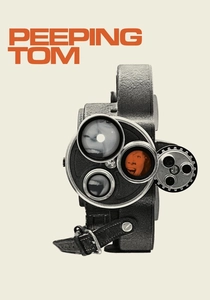
Peeping Tom (1960)
Description: A disturbing exploration of voyeurism and murder, told from the perspective of the killer, with a focus on the psychological underpinnings of his actions.
Fact: The film was initially met with harsh criticism and was virtually banned in the UK for its controversial subject matter.
 Watch Now
Watch Now 
In Cold Blood (1967)
Description: Based on Truman Capote's groundbreaking non-fiction novel, this film explores the brutal murders of a Kansas family with a stark, almost clinical realism that emphasizes the banality of evil.
Fact: The movie was shot on location at the actual Clutter family farmhouse, adding an eerie authenticity to the film.
 Watch Now
Watch Now 
The Boston Strangler (1968)
Description: A chilling true-crime drama that delves into the psychological and procedural aspects of a serial killer's reign of terror, mirroring the grim realism and meticulous detail of criminal investigations.
Fact: The film was one of the first to use split-screen techniques to depict multiple perspectives simultaneously, enhancing its documentary-like feel.
 Watch Now
Watch Now 
The Honeymoon Killers (1970)
Description: A stark, black-and-white portrayal of a real-life murderous couple, focusing on their twisted relationship and the grim, unglamorous reality of their crimes.
Fact: The film was shot on a very low budget, which contributed to its raw, documentary-style aesthetic.
 Watch Now
Watch Now 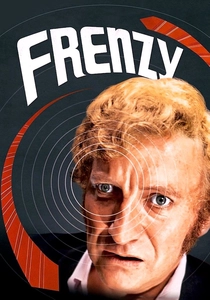
Frenzy (1972)
Description: A suspenseful thriller that delves into the mind of a serial killer, with a focus on the psychological tension and the impact of the crimes on the community.
Fact: This was Alfred Hitchcock's first British film in over two decades, marking a return to his roots in the thriller genre.
 Watch Now
Watch Now 
